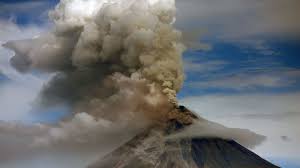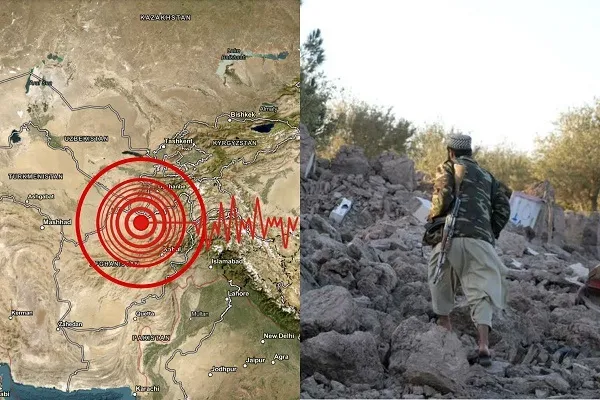The volcano of the Philippines can erupt at any time

Officials in the Philippines have warned that Taal Volcano, south of Manila, has the highest levels of sulfur dioxide gas emissions, causing it to erupt anytime.
The Philippine Institute of Volcanology and Seismology said in an update that the highest level of sulfur dioxide gas emissions at the volcano was recorded today on average at 22,628 tonnes, the highest level ever measured.
The institute said that current sulfur dioxide parameters point to ongoing magma extrusion at the main crater, which could lead to further eruptions.
The institute said it has recorded a total of 26 strong and very shallow low-frequency volcanic earthquakes associated with magma degassing beneath the eastern region of Volcano Island.
According to the institute, these observational parameters may indicate that an eruption like July 1 could occur anytime soon.
It raised the alert level to 3 on Taal volcano in Batangas province on 1 July, following a phytomagmatic eruption, which generated a short-lived dark freto magmatic plume 1 km high.
A frito magmatic eruption refers to an eruption involving both magma and water, which typically erupts.
Meanwhile, local officials said more than 5,000 villagers living close to the volcano have been moved to temporary government shelters.
Taal Volcano, one of the most active volcanoes in the Philippines, last erupted in January 2020.
The last eruption displaced some 380,000 villagers and destroyed many farms, homes and roads in the province.







